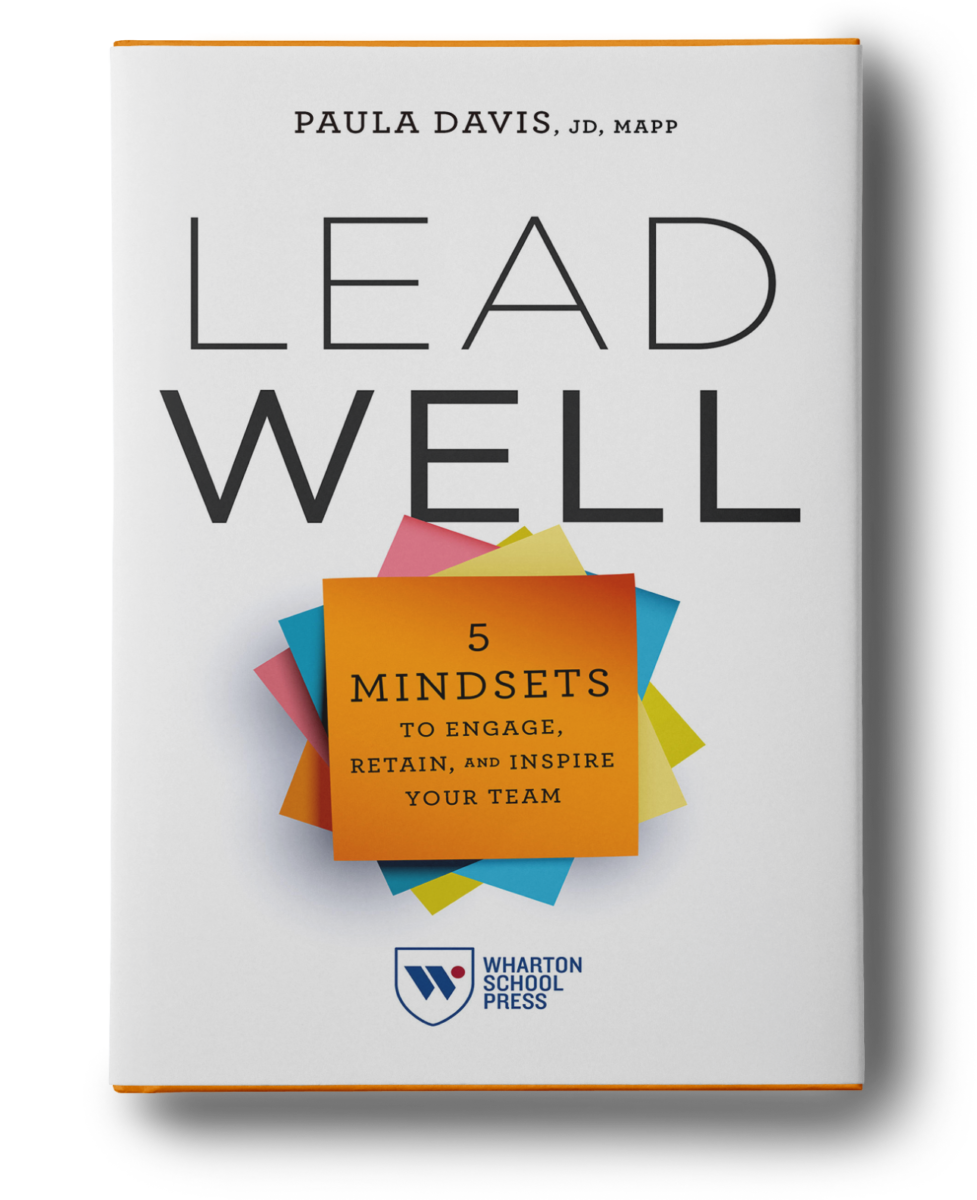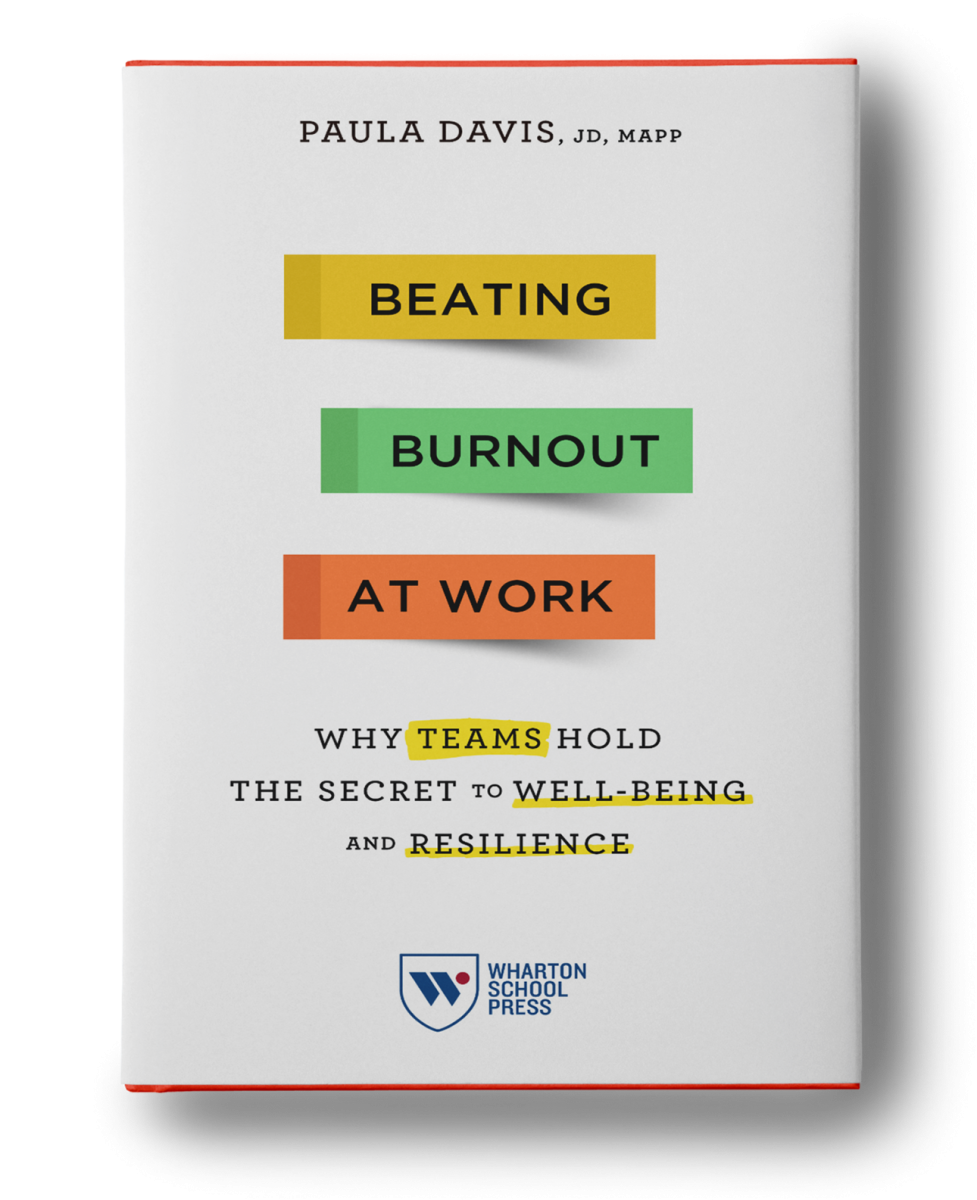By: Jane S. Anderson, President of Orchestration, Inc. When working with an individual client, I like to start each session with one simple question. I use the same question at the dinner table with my family. I also use it with friends. “What went well?” It’s interesting, because this one little question often elicits an array of uncomfortable responses. Long pauses. Heavy sighing. Even eyeball rolling. Just as we begin to explore the positive realm, the conversation often heads right back into more comfortable territory – what isn’t going so well. I find this struggle to discuss what went well fascinating. I faced it in my own discussions with mentors and coaches. It seemed immodest, even arrogant, to indulge in what went well. Plus, it went well – why did we need to dwell on it? With an overflowing plate of challenges both at work and home, I needed to get down to problem solving. Or so I thought. Many of you may remember the TV ad campaign against drug abuse, where a man cracks an egg into a screaming hot frying pan. “This is your brain on drugs,” he declares as the egg sizzles and pops, transforming its very nature from a gooey liquid to a solid. The brain in a constantly negative state reminds me of the brain on drugs, changing our very nature. It colors our judgment, seeks fault and blame, finds problem solving difficult, influences our beliefs, impacts interactions with others, and causes us to do things out of character. Unchecked, it contributes to high blood pressure, ulcers, and disease. Your brain on positivity, however, can mean the difference between languishing and flourishing. If you stop right now to picture your favorite go-to place for rest and rejuvenation – a beach, a hammock in the back yard, the library – you may notice your facial muscles relaxing or a heightened sense of calm just by shifting your attention to something positive. Raising positivity over time has many benefits. It can:
- Open our hearts and minds.
- Make us more receptive and creative.
- Allow us to discover and build new skills, connections, and knowledge.
- Raise resilience.
- Improve our ability to grow stronger, even after traumatic or difficult events.
- Instead of starting your work day with everything you didn’t accomplish yesterday, start by sending an email of acknowledgement or thanks to a colleague.
- Instead of asking your children about the chores they didn’t do, notice the things they did right today.
- At dinnertime, rather than asking, “How was your day?” or launching into the usual list of gripes and annoyances, ask, “What went well?”
- Generate a sincere, heartfelt conversation around what went well. Allow the positive emotions that arise – joy, amusement, gratitude, inspiration, hope – to flow. Bask in the glow of positivity.
- Keep the conversation going with a few follow up questions. What progress did you make? What did you accomplish? Why did that go well? What was your contribution? What strengths did you use?
- Make it a habit to start and end the day, or a meeting, with your brain on positivity.






